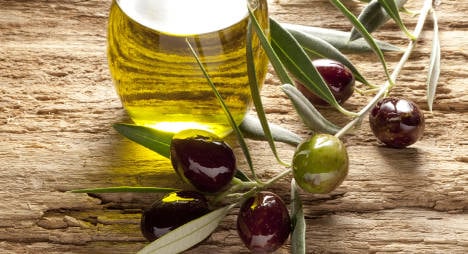The network behind the scam is said to have made millions of euros in profit after successfully selling the fake olive oil in Italy and to overseas markets, particularly the US and Japan, Bari Today reported.
Six people are being investigated for commercial fraud and for faking food origin. The investigation involved 12 companies across the Puglia region and a certification laboratory.
Tests carried out by the Institute of Biosciences and Bioresources (IBBR) in Perugia revealed that thousands of tonnes of oils originating from Syria, Turkey, Morocco and Tunisia were mixed with foreign olive oil, before being bottled and labelled as “made in Italy”.
The probe was launched after the poor olive harvest in 2014, with the limited availability of olive oil bringing about opportunities for food fraudsters.
The scam came to light just weeks after it was announced that seven Italian olive oil producers, including Bertolli, Sasso and Carapelli, were being investigated over allegations that the firms falsely sold olive oil products a “extra virgin”.
Read more: Seven Italian firms probed in olive oil scam
The companies allegedly flouted the strict rules governing the production of extra virgin olive oil, a process which is expensive and time-consuming.




 Please whitelist us to continue reading.
Please whitelist us to continue reading.
Member comments